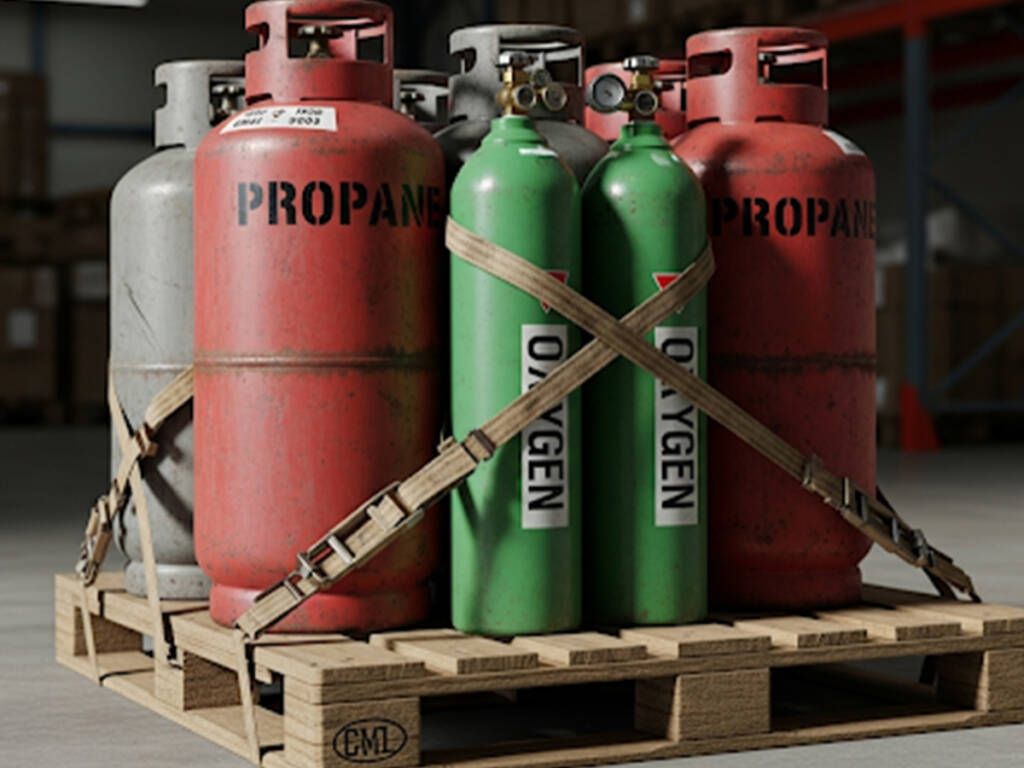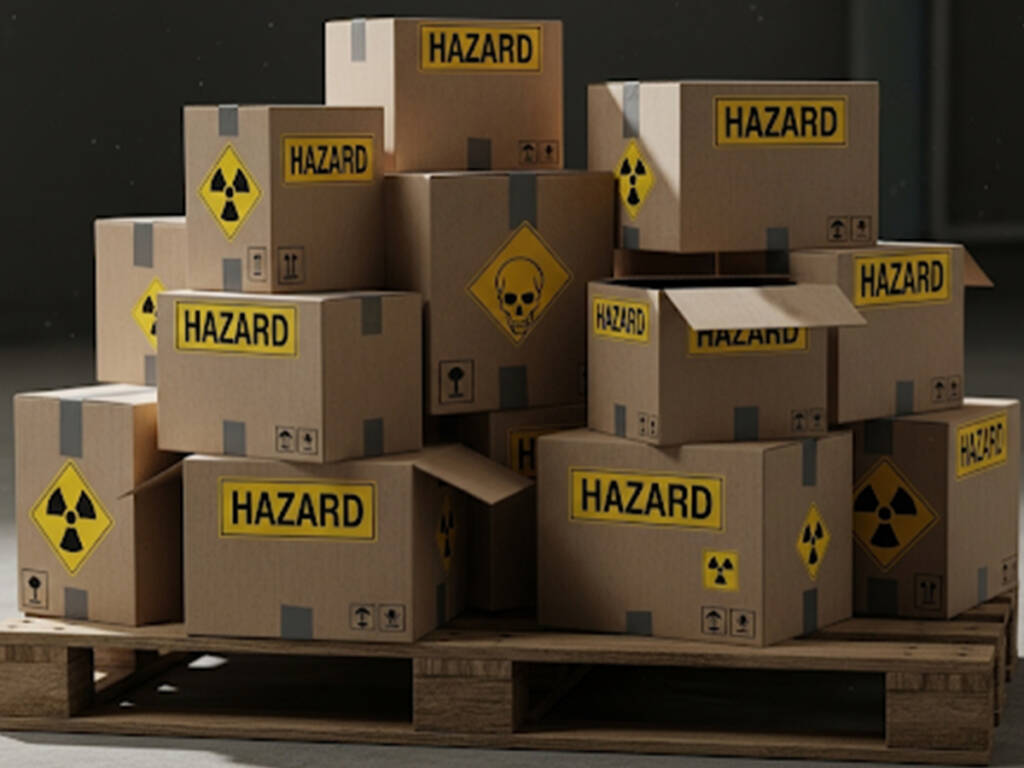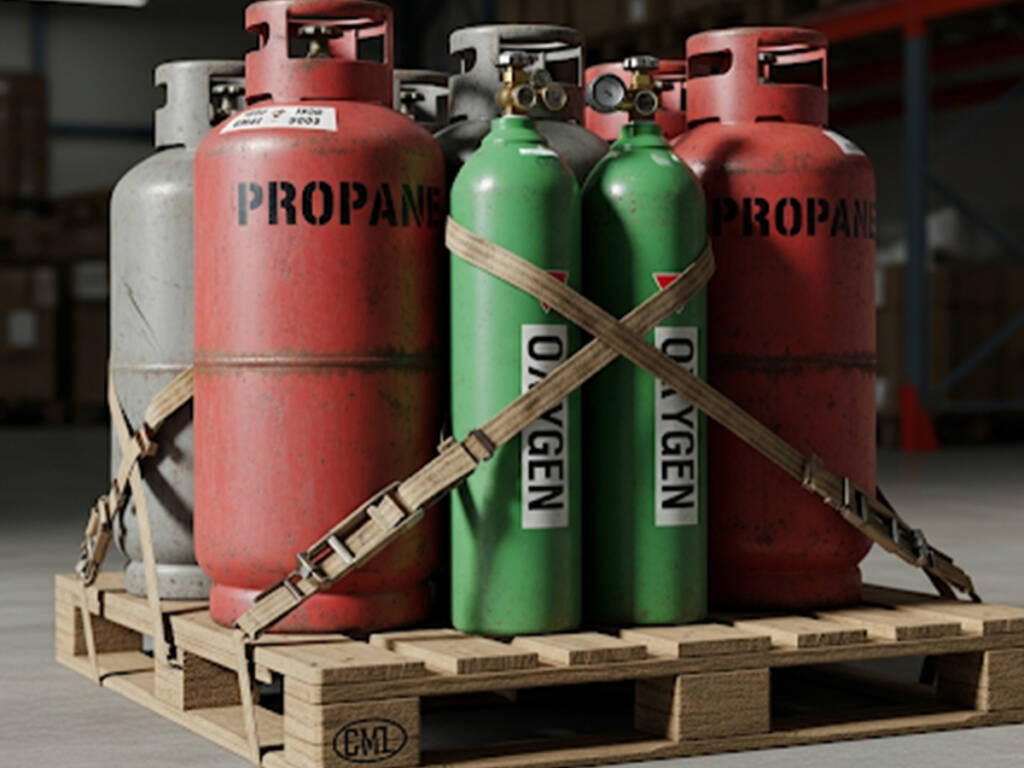
The movement of dangerous goods, from industrial chemicals to medical waste, presents unique and significant challenges. Ensuring these items reach their destination without incident is a primary concern for logistics companies, manufacturers, and regulators. While attention often focuses on the containers themselves and the vehicles used for transport, the humble pallet serves as a foundational element in a layered safety strategy. By providing a stable base and facilitating safe handling, pallets are indispensable to the secure transport of hazardous materials.
Let’s look into the specific ways pallets enhance safety, examining their role in a multi-faceted approach to risk reduction and regulatory compliance. Likewise, here are some best practices for their use, highlighting their importance beyond mere convenience in the supply chain for safe material handling.
Why Hazardous Materials Pose a Unique Challenge
Moving dangerous goods presents particular difficulties demanding rigorous safety measures. The potential for harm to people, property, and the environment necessitates careful consideration at each stage of transportation.
- Containment Breach Risks: Damage to packaging during transport can cause spills or leaks. These events expose workers and the public to hazardous substance dangers. Correct palletization protects package integrity, preventing these dangerous breaches.
- Stability Concerns During Transit: Unstable cargo can shift while a vehicle is in motion. This can lead to dropped containers, product damage, and even accidents. Secure shipping pallets minimize this risk by creating a single, stable unit.
- Regulatory Compliance Requirements: Moving regulated materials is subject to strict rules. Following these regulations, like those from Transport Canada, is essential. Proper pallet use helps companies adhere to these legal mandates and ensure safe transporting dangerous goods.
- Handling and Transfer Difficulties: Moving hazardous cargo often requires both human and machine handling. Poorly palletized goods make these actions unsafe, raising the possibility of accidents and exposure to harmful substances.
- Emergency Response Implications: Accidents with dangerous shipments demand a quick, effective response. Well-secured and clearly labelled pallets allow for faster identification of materials, speeding up emergency procedures and limiting potential harm.
- Environmental Protection Mandates: Spills of harmful materials can cause widespread environmental harm. Strong palletization techniques help prevent such incidents, directly supporting environmental protection efforts and sustainable logistics practices.
- Security Threats: Some sensitive materials are at risk of theft or unauthorized access. Secure palletization can provide an extra layer of defense, making it much harder for individuals to tamper with or steal the cargo.
How Pallets Act as a Safety Foundation

Pallets provide a fundamental level of safety in the transport of hazardous materials through several key functions. Their structural integrity and proper utilization contribute significantly to preventing accidents and ensuring regulatory adherence for safe material handling.
- Unitization for Stability: Pallets group individual packages into a single, stable unit. This unitization prevents shifting and falling during transit, reducing the risk of damage to containers and protecting the entire shipment from instability.
- Protection from Handling Damage: Pallets raise goods off the floor, shielding them from impacts during loading, unloading, and storage. This protection is crucial for maintaining the integrity of containers holding transported chemicals, preventing costly and dangerous leaks.
- Efficient and Safe Mechanical Handling: Designed for forklifts and pallet jacks, pallets enable safe mechanical handling. This minimizes the need for risky manual lifting of heavy, awkward packages, significantly lowering the chance of worker injury during hazardous waste transport.
- Standardization for Compatibility: Pallets have standard dimensions, making them compatible with various handling and storage systems. This standardization streamlines logistics, ensuring efficient and safer transfers of hazardous cargo throughout the supply chain.
- Enhanced Load Distribution: Correctly arranging packages on a pallet ensures even weight distribution. This prevents excessive stress on individual containers of regulated substances, reducing the possibility of container failure and leaks.
- Facilitation of Containment and Cleanup: A pallet can act as a temporary containment tray for minor leaks or spills. This helps prevent wider contamination during hazardous goods transport, making cleanup more manageable and reducing environmental impact.
- Improved Inventory Management and Tracking: Palletized loads are easier to count, track, and manage. This system reduces the potential for human error in logistics, enhancing accountability and oversight for compliant shipping and ensuring all materials are accounted for.
Best Practices for Palletizing Hazardous Materials

